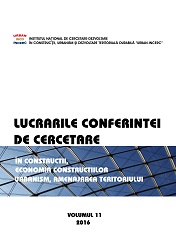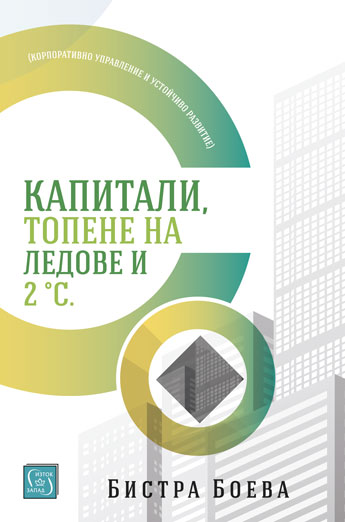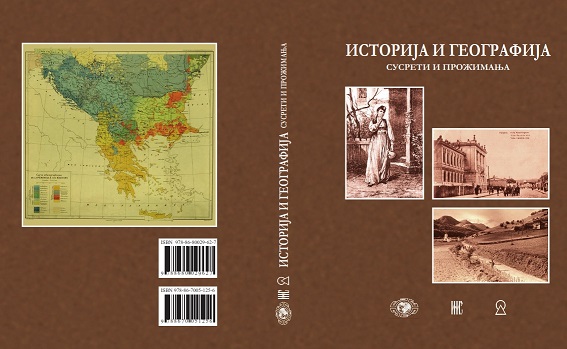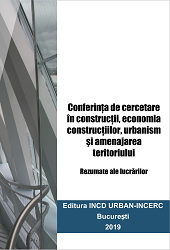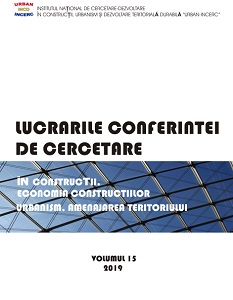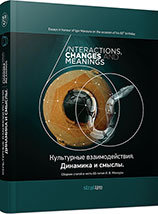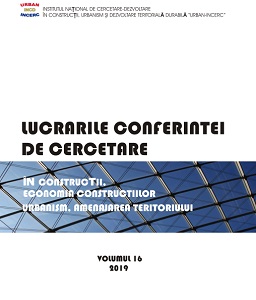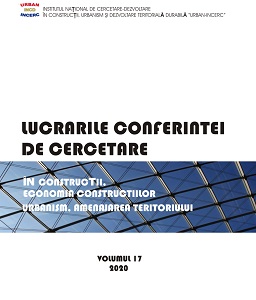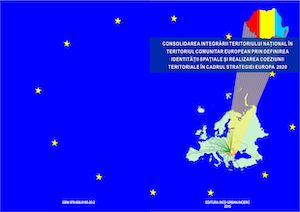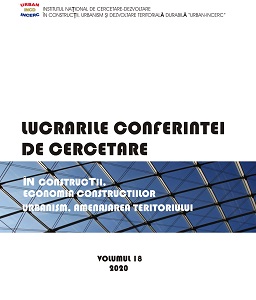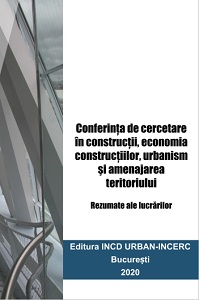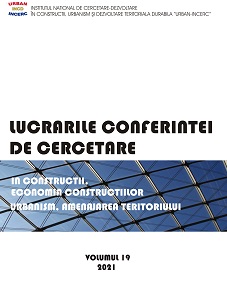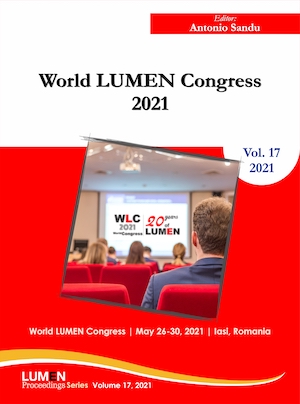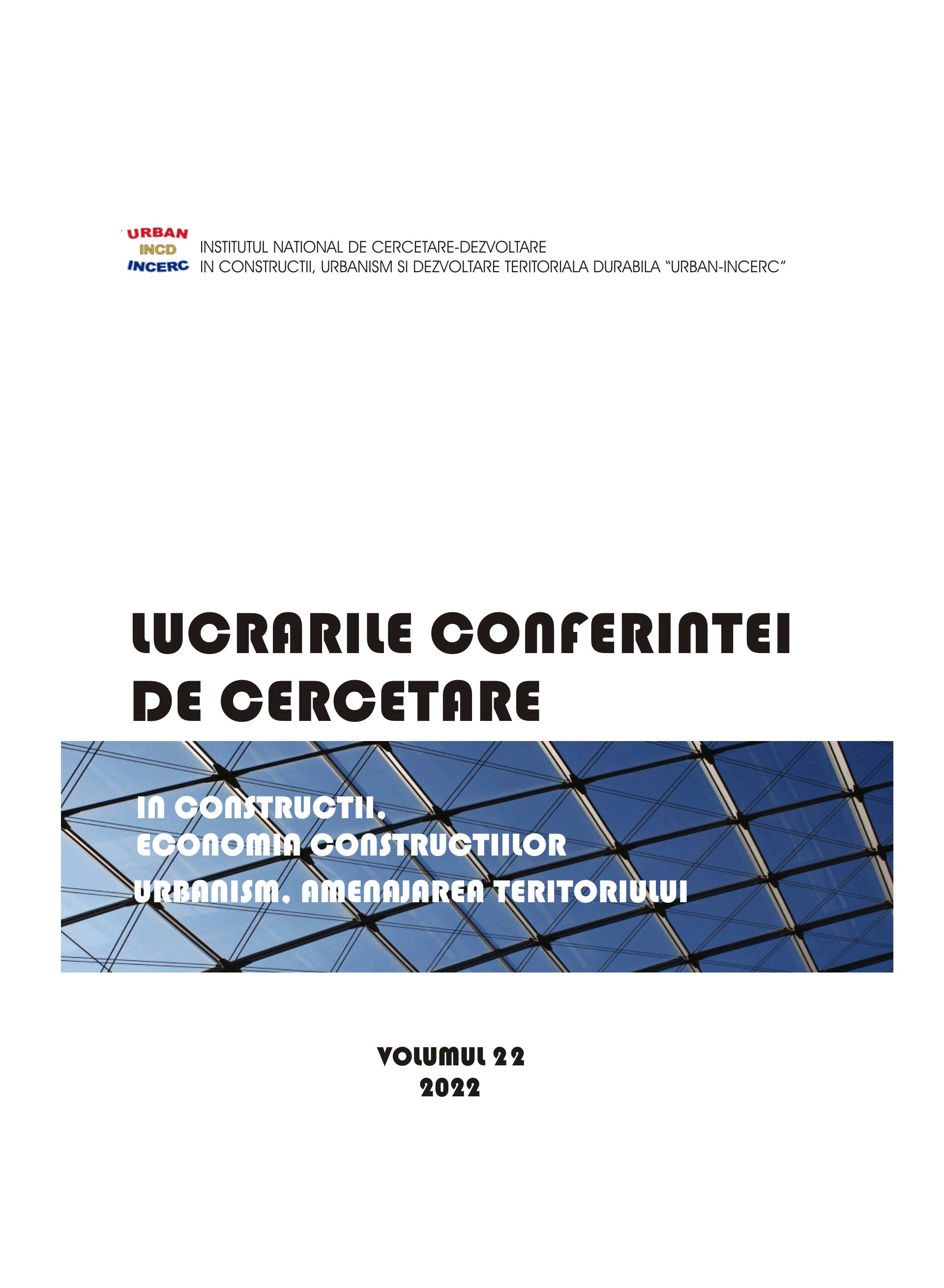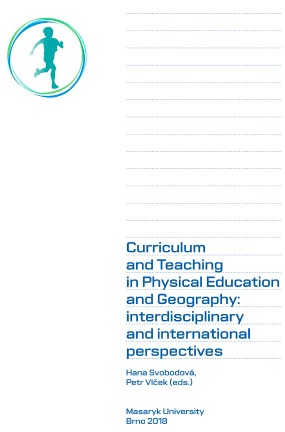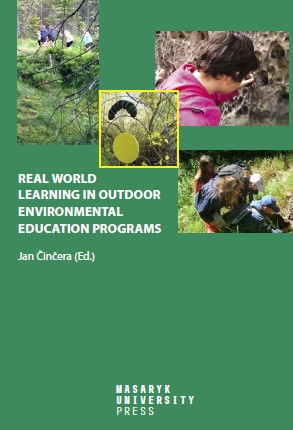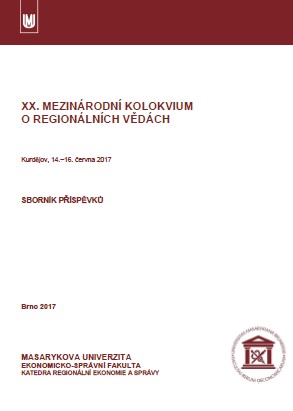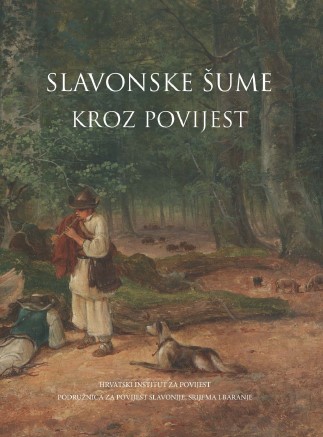Author(s): Milan Vrbanus / Language(s): Croatian
Publication Year: 0
During the organization process of the Chamber administration in Slavonia at the end of the 17th and beginning of the 18th century, officials conducted censuses in 1698 and 1702. After that period the Court Chamber recorded Slavonia in 1721, 1736 and 1745/46. Apart from these censuses the Court Chamber recorded particular estates that were sold, i.e. donated to noble families. In the mid-18th century the owners had to make a list of estates so that the Vienna Court could determine the fees for their implementation. In the censuses from 1698 and 1702 the census takers described each village in every district, i.e. manor. During that process they determined the sizes of certain types of land (arable land, meadows, vineyards, forests, pastureland and gardens), yet they listed them in different types of measurement units related to human activity (how much could be ploughed in a morning, mown in a day, hoed in a day, walked in an hour), which makes it difficult for researchers to determine the proportions of particular areas of land. The census takers determined the wooded areas of the entire region, covered by the census, as well as the woody species of the forests. In 1698, they mainly used the terms acorning, timber, firewood for the woody species and only in the districts of Brod, Kobaš, Našice did they specify woody species according to the names of plant species (oak, beech, hornbeam, yew, poplar, willow, alder and others). In later censuses during the decameralization process the census takers used the aforementioned terms (acorning, timber, firewood). Apart from the asset strength of households and the size of land areas, the census takers determined the revenue of the estates and the value of all future estates. In that process they added the value of forests to the estate revenues determined by using certain mathematical models. On the basis of that model it is also possible to determine the significance of wooded areas in value and indirectly to the economy of manors at that time. The censuses from 1721 and 1736 do not provide data on the size of wooded areas or the amount of estate revenues; hence it is not possible to determine the significance of wooded areas in the economy of particular estates. The censuses of estates and estate revenues in the period from 1747 to 1751 provide also data on incomes of particular estates from estate forests. As per the censuses the estates gained income from forests by acorning and by using firewood and timber for the requirements of estates; these revenues were not recorded as estate revenues by the census takers. Through analysis of estate revenues it is possible to determine the significance of estate forests in the economy of then estates. From the censuses of the first half of the 18th century it can be concluded that the forests of Slavonian estates were not particularly significant when the values of the manors were being determined or for the economy of the manors throughout that period of time. Forests gained in importance during the first half of the 19th century.
More...
